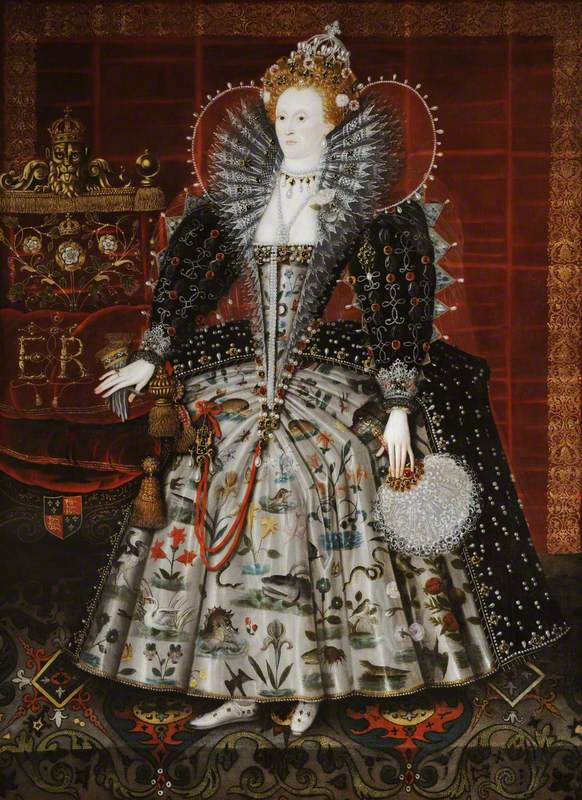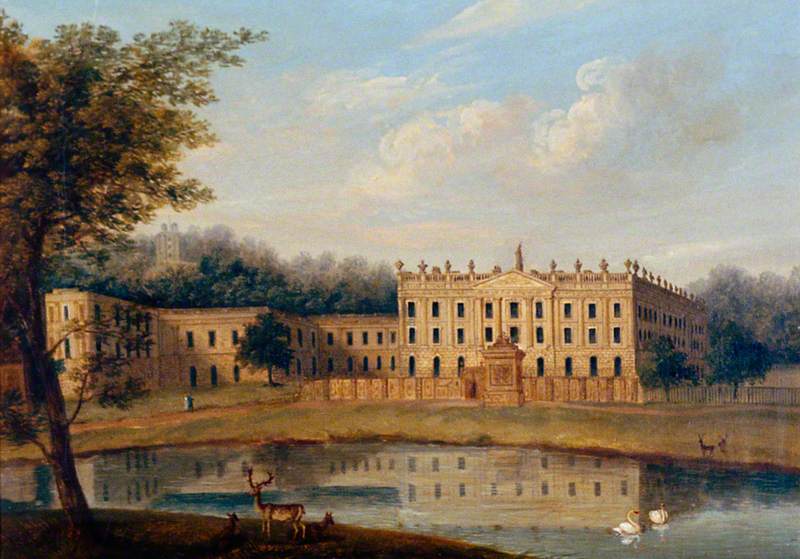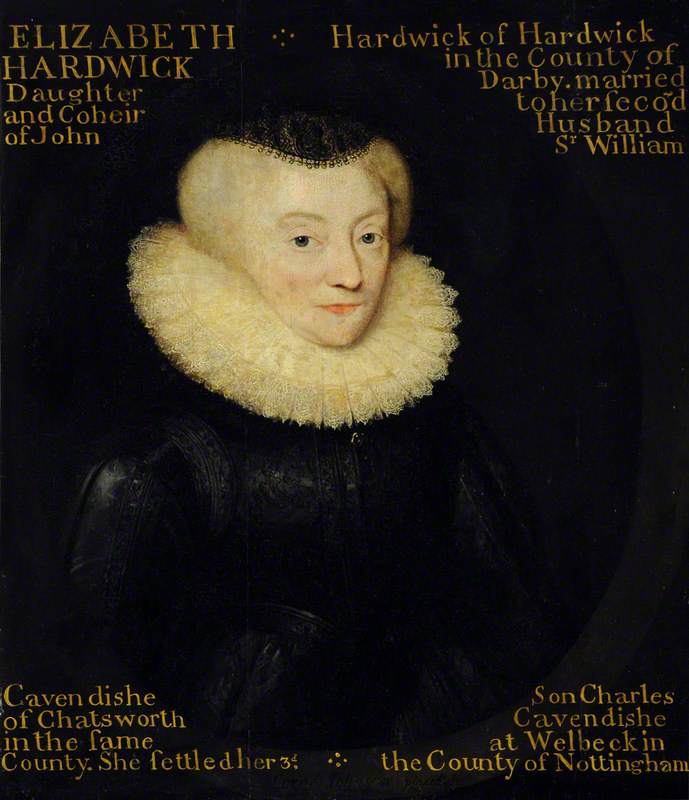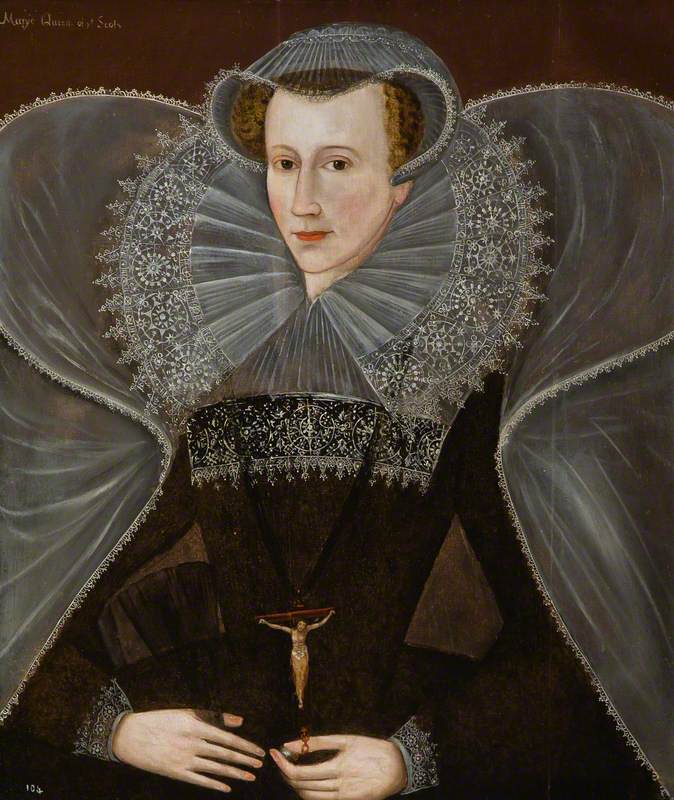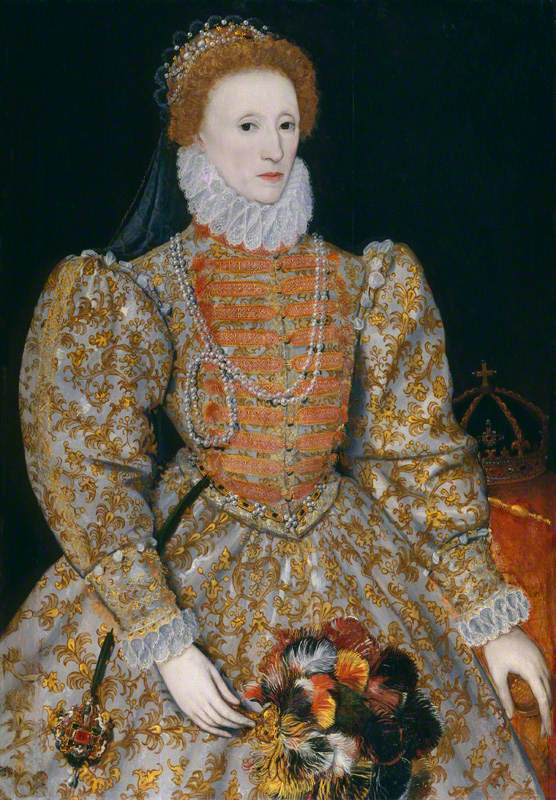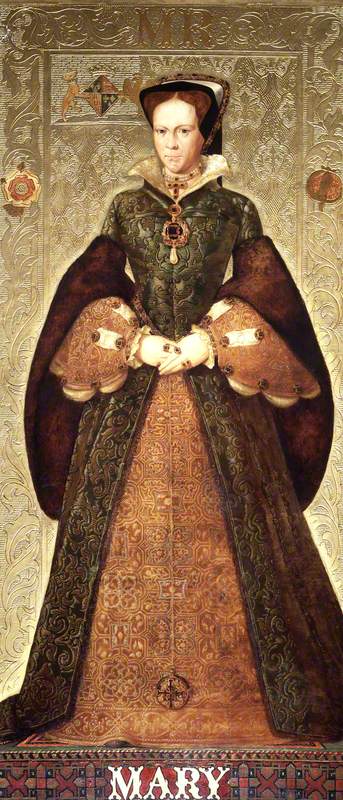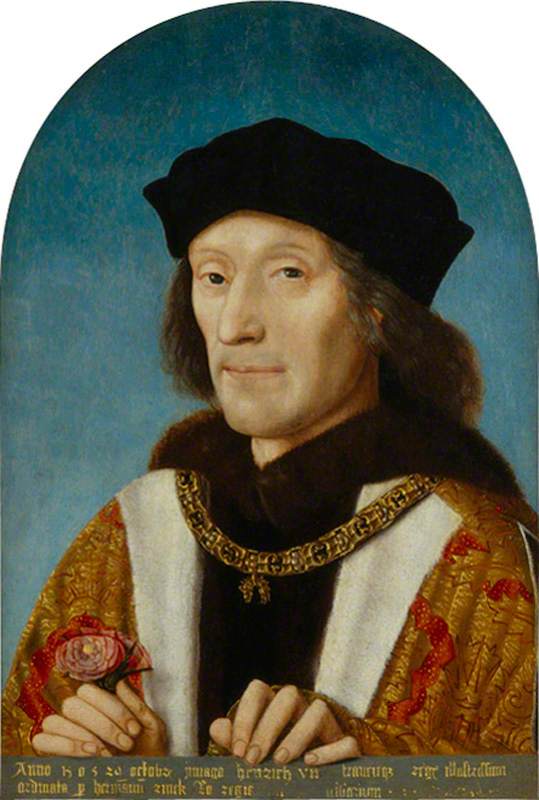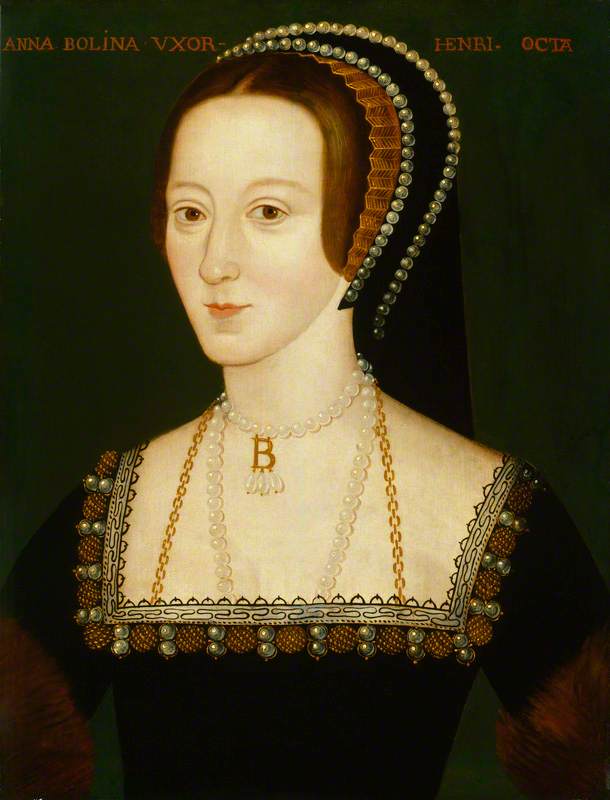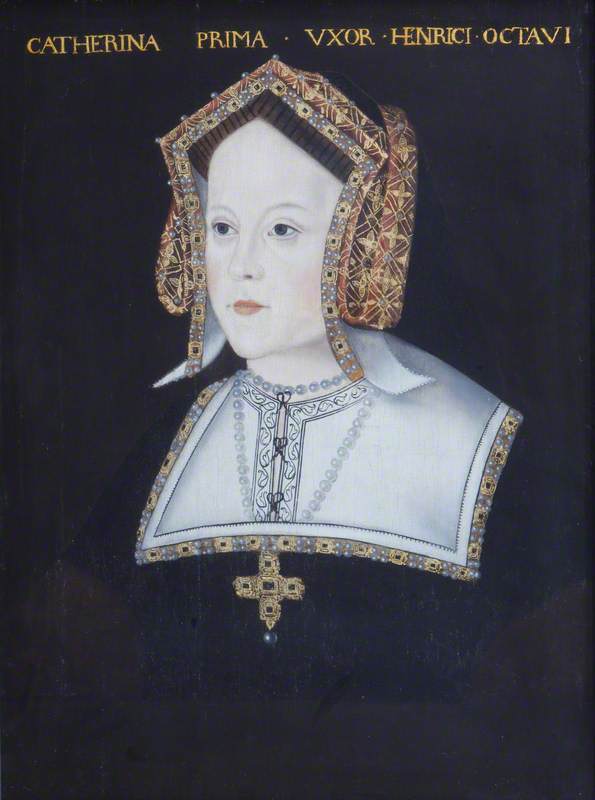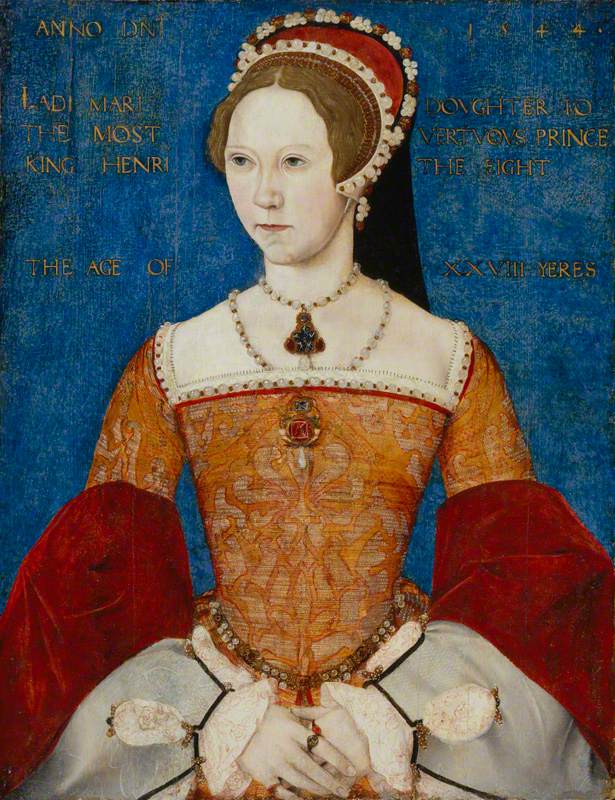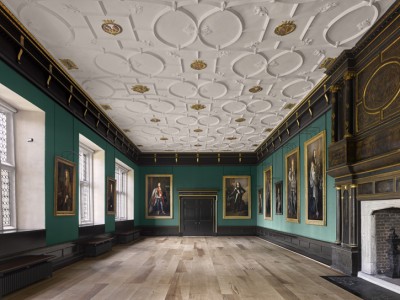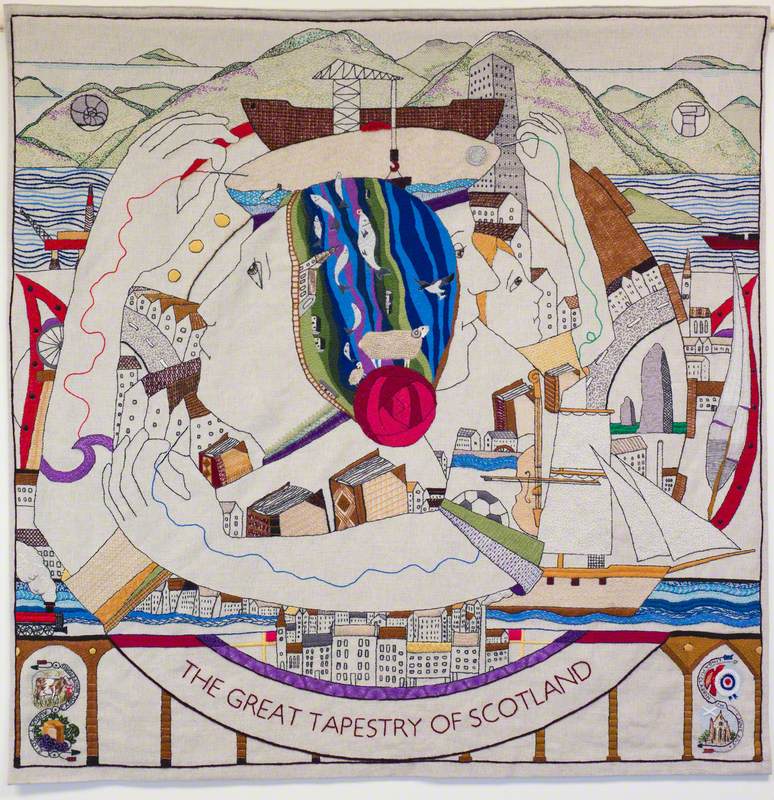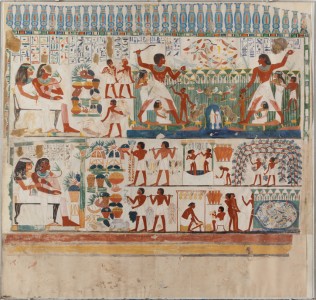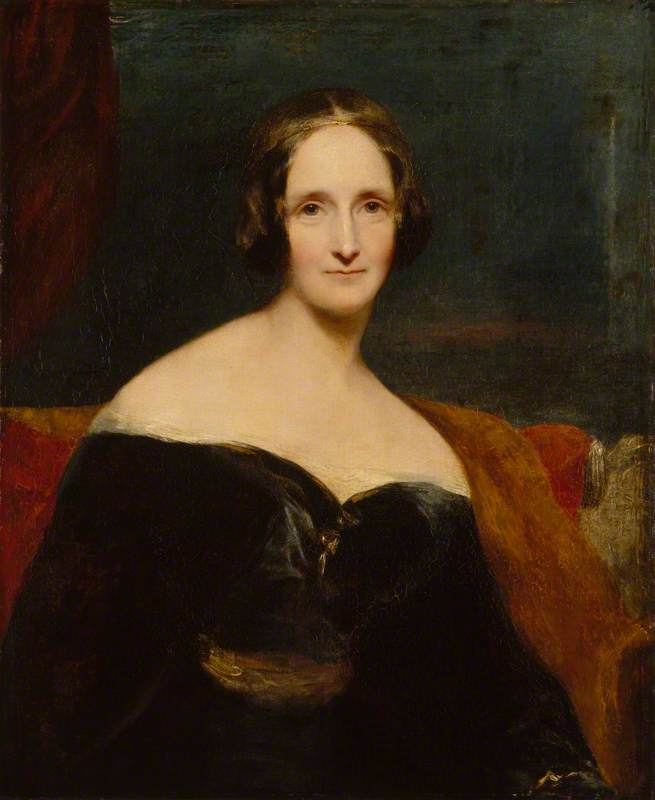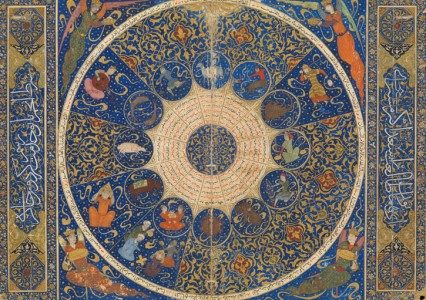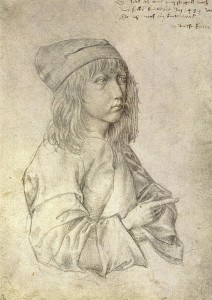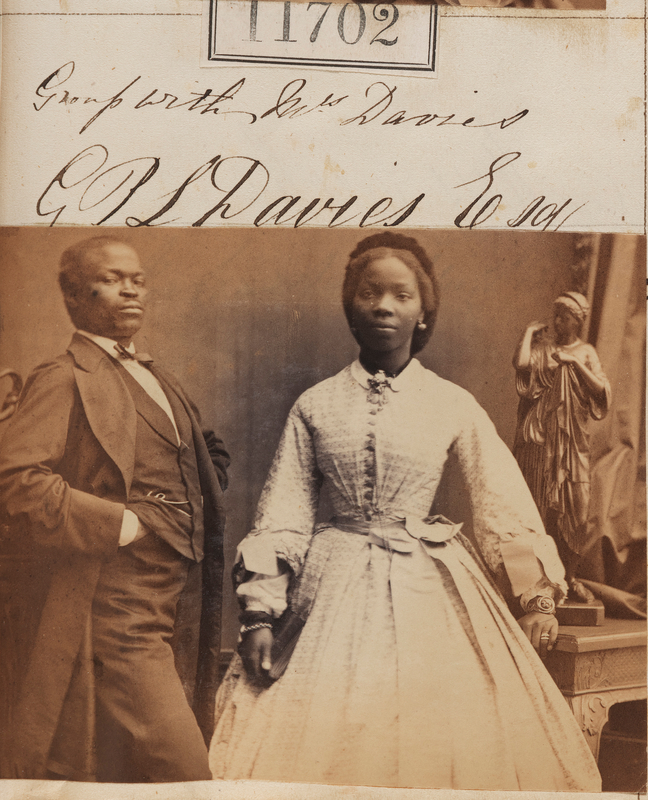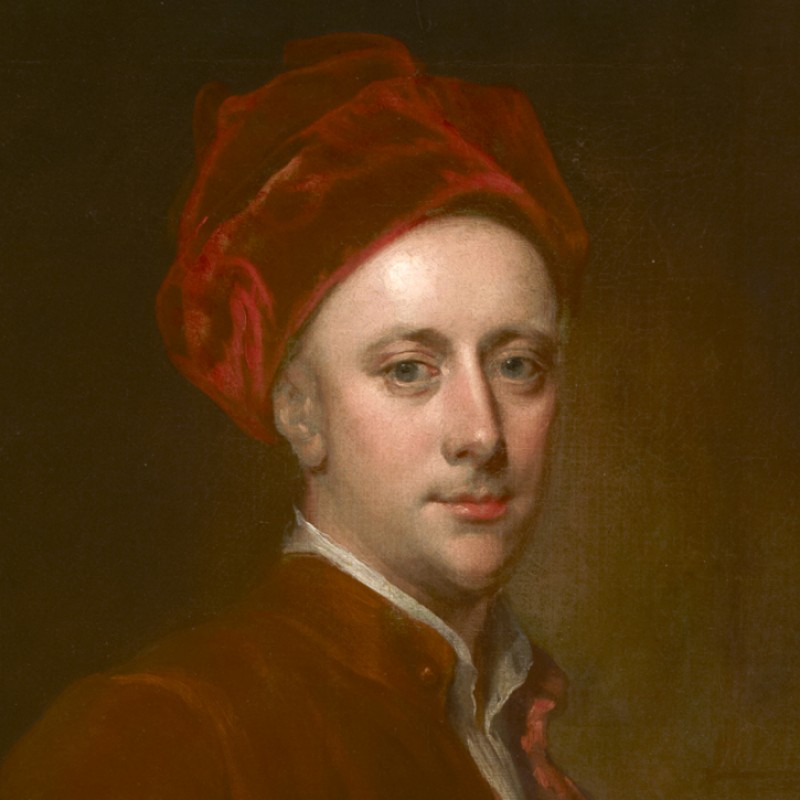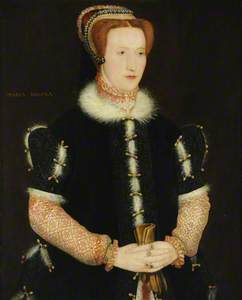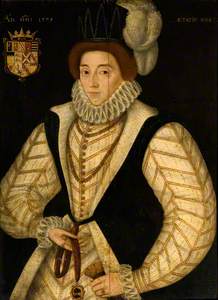This decade marks five hundred years since the birth of Elizabeth Cavendish – better known as 'Bess of Hardwick' or Elizabeth Talbot, Countess of Shrewsbury. A confidant of Queen Elizabeth I until the relationship turned thorny, by the time of her death in 1608 she was the richest woman in England, with a wealth amassed through social advancement and multiple marriages.
Elizabeth Hardwick (1520–1608), Countess of Shrewsbury, 'Bess of Hardwick'
Hans Eworth (c.1520–after 1578) (follower of) 
She was in fact married and widowed four times and had a reputation for being a powerful patron and businesswoman. She was responsible for the acquisition and building of Chatsworth House, Hardwick Hall and Oldcoates (which no longer exists).
Between 1587 and 1596, Bess achieved her most famous feat: the building of Hardwick Hall, a prime example of a prodigy house. Hardwick sits proudly upon a hill elevated within a large expanse of land, dominating all its surroundings. Built next to the house she grew up in, Hardwick Old Hall, it reflects Bess' ambition at the advanced age of 70 to create this extravagant masterpiece.
Hardwick Hall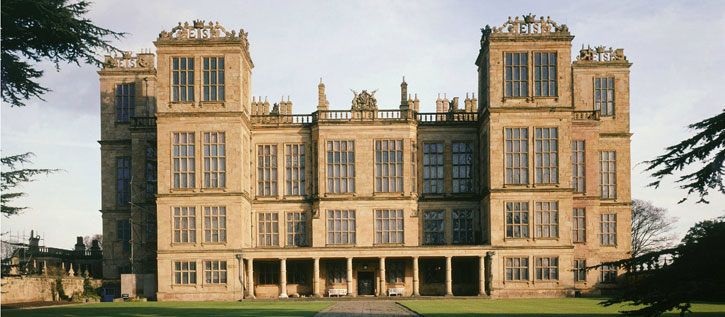
Often fondly referred to as 'Hardwick Hall more glass than wall' because of its vast spans of windows, was built by Robert Smythson who was also commissioned to design some of England's most impressive Elizabethan Houses including Longleat, Wollaton and Chatsworth. He was later commissioned to design Bess' tomb in Derby Cathedral, made of a variety of stones mined from quarries that Bess owned.
Hardwick Hall has a strong vertical emphasis, with the windows increasing in size as they go up. Towards the top of the building's facade, the viewer's eye is drawn to the 'ES' ornamentation: E for Elizabeth, S for Shrewsbury. An unusual feature, the emblazoned initials serve as a visual reminder of the building's patron. A remarkable piece of architecture, the Hall is a masterpiece of balance, harmony and symmetry.
Bess is often remembered for her architectural commissions, but today Hardwick houses another part of Bess' legacy: a grand collection of 89 pictures, the majority of them portraits. The long gallery itself is filled with a series of enormous tapestries and a total of 37 portraits. Some of these are paintings of Bess, and others are of key figures of the time, including a life-size portrait of Elizabeth I by Nicholas Hilliard.
Portraiture is the most personal of art forms and this is reflected in the portraits of important people in Bess' life who sat in her collection – such a Henry VIII, Mary Queen of Scots and two of her husbands, George Talbot and Sir William Cavendish.
In portraits, Bess looks powerful. She typically appears forward-facing with her head slightly turned to the side and dressed in rich velvet textiles and intricate pearl jewellery. In some of her portraits, she is turned slightly to the viewer's right, a particularly powerful pose generally reserved for male sitters.
Elizabeth (c.1525–1608), Countess of Shrewsbury
1575
British (English) School 
Bess was born Elizabeth Hardwick c.1521 to a family of landowners in Derbyshire. Although little is known about her childhood, we know she grew up at Hardwick Old Hall. Elizabeth first married in 1543 to 13-year-old Robert Barlow, a short-lived marriage as Barlow died a year later in December 1544.
Bess' second marriage in 1547 was to Sir William Cavendish who she met while acting as a lady-in-waiting to Frances Grey. This was a fruitful marriage that introduced Bess to London and to the royal court. Cavendish had amassed a fortune and power with the dissolution of the monasteries. Bess persuaded Cavendish to leave Suffolk and together they moved to Derbyshire, buying Chatsworth House in 1549 for £300.
Sir William Cavendish (1505?–1557), Aged 44
c.1550
John Bettes (c.1531–before 1576) (after) 
Together they commissioned a new house, the first of Bess' magnificent homes: a quadrangle Tudor mansion built in the 1560s. It no longer exists but a hunting tower built in the 1580s still survives. The huge Palladian house we know today was built later. Bess and William had eight children, although two died in infancy, and this was the only marriage that bore children. In 1557 she was widowed again.
Bess' third marriage was to William St Loe in 1559. St Loe was Captain of the Guard to Elizabeth I. Bess was then in the household of Katherine Grey acting as a Lady of the Privy Chamber.
The alliance with Katherine Grey caused a scandal in 1561 when Queen Elizabeth discovered that Grey had in secret married Edward Seymour, Lord Hertford (the nephew of Henry VIII's third wife, Jane Seymour). Katherine had confided in Bess, who had kept the secret from the Queen. Fearing that Bess was trying to oust her from the throne, Elizabeth had both Grey and Bess arrested and imprisoned in the tower. The Queen only agreed to release Bess several months later, but dismissed her from the privy chamber and banished her to Derbyshire.
Bess was widowed for the third time in 1565, inheriting St Loe's wealth, a huge fortune of £60,000, which translates to just under £20 million today.
Bess married once again in 1568, to George Talbot, 6th Earl of Shrewsbury. Talbot was her most powerful husband yet, although the marriage was not an altogether happy one. By becoming his wife, Bess became 'Elizabeth Talbot, Countess of Shrewsbury'.
George Talbot (1528–1590), 6th Earl of Shrewsbury
(after an earlier painting of 1580) late 16th C
Rowland Lockey (c.1565–1616) 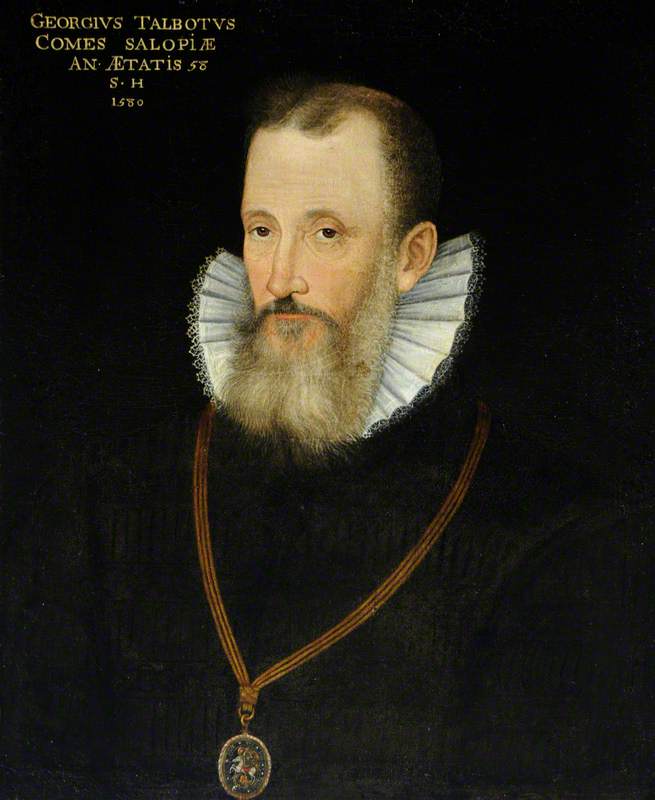
When Mary Queen of Scots escaped Scotland, her cousin Elizabeth I put her under the care of Bess and her husband. They became the keepers of the Scottish Queen, who was at various times between 1569 and 1584 a prisoner at Chatsworth. Shrewsbury was effectively the jailor of Mary for around 15 years, meaning that Bess and Mary spent a lot of time together.
There are rumours that Mary turned the couple against each other, causing issues in their marriage and ultimately an estrangement (there is even a rumour that Mary and Shrewsbury had an affair). It is believed that some of the tapestries that sit at Hardwick Hall were worked on by Mary Queen of Scots while imprisoned, with some suggesting that they even hide secret messages. There is also evidence that Bess and Mary embroidered together while spending extended periods in each other's company at Chatsworth. The sixteenth-century Marian hangings, made up of smaller panels of silk gold and silver thread, were worked on by the pair and now sit at Oxburgh Hall.
Called 'Mary, Queen of Scots (1542–1587)'
16th C
British (English) School 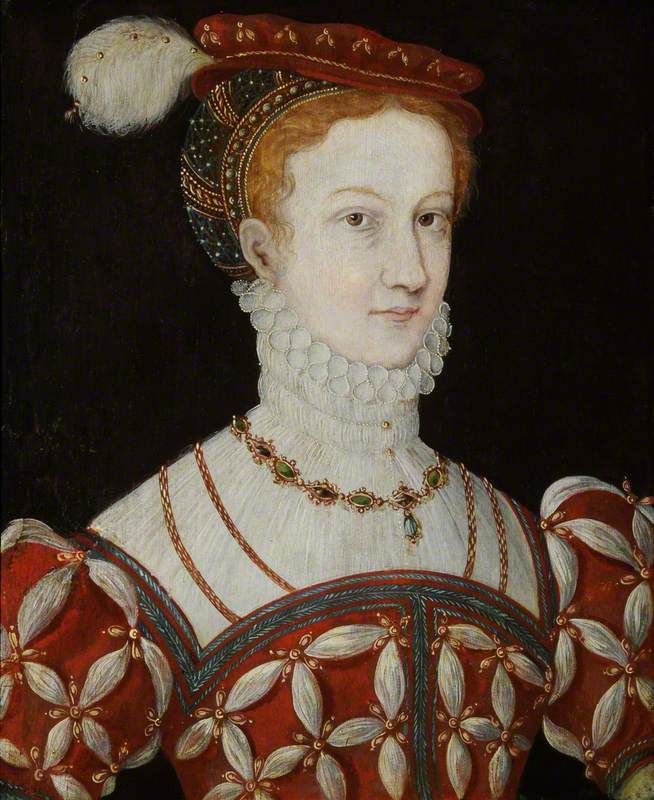
Bess was widowed for the last time in 1590, becoming Dowager Countess of Shrewsbury. Although Talbot and Bess had no children together a linage was created, as Bess' daughter Mary married Talbot's son Gilbert, and Bess' son Henry married Talbot's daughter Grace. Bess actually disinherited Henry, although after her death he inherited Chatsworth before selling it to his brother William a year later.
As a widow, Bess continued to be a commissioner of portraits. Between 1591 and 1597 she commissioned Rowland Lockey to paint 40 life-size portraits which were a mixture of copies of paintings of Bess' ancestors and new subject matter.
Bess is often remembered disparagingly for the fact she had four husbands (there is a slanderous theory that she even killed her husbands). But her legacy is far longer lasting through the various forms of artwork that she commissioned and for her ambition and business acumen. Her rise to wealth and power was all the more impressive due to being born into a humble family at a time of limited social mobility and rigid patriarchy. Against the odds, Bess achieved an unprecedented degree of female power and independence.
Evie Nicholson, freelance writer
